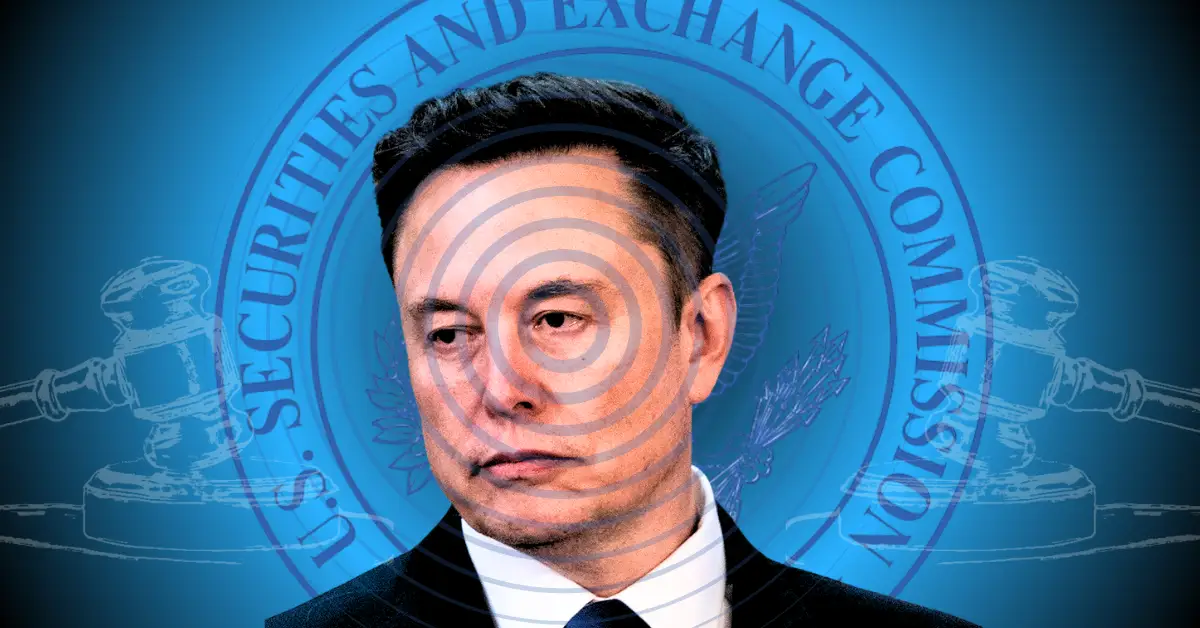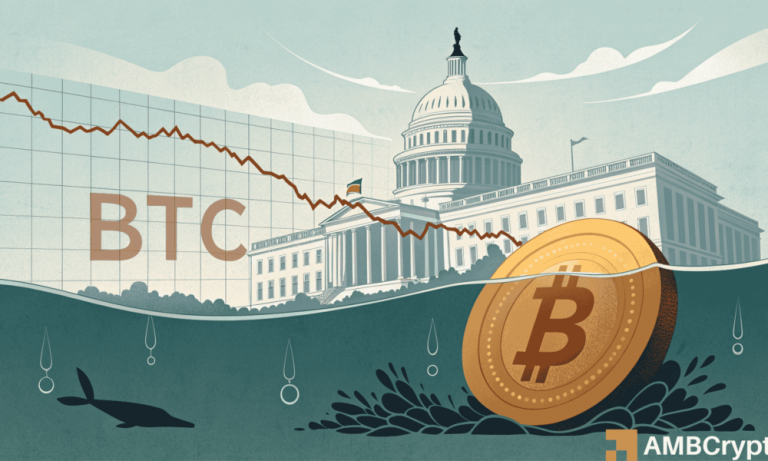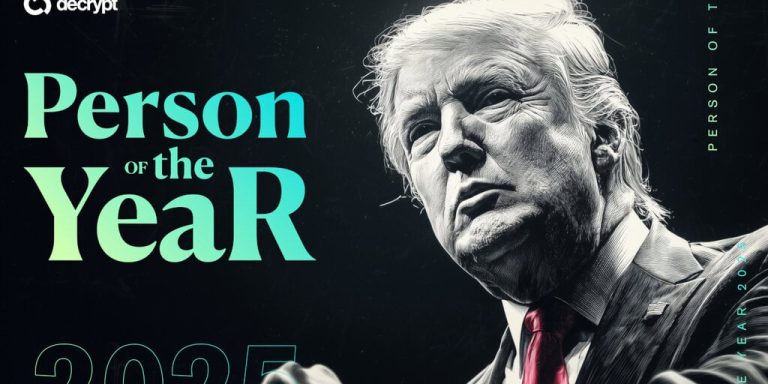
The Ambitious Launch of DOGE
The Department of Government Efficiency (DOGE), launched during Donald Trump’s second term, was hailed as a groundbreaking government initiative intended to curb bureaucracy and reduce federal spending. Promoted heavily by both Trump and Elon Musk, DOGE’s ambitious mission aimed to usher in a new era of streamlined government processes. Yet, its unexpected closure in 2025 raised questions about its legacy and effectiveness.
Early Momentum, Public Support
When DOGE started in January of 2022, its inception was amplified by high-profile endorsements and active social media promotions. Elon Musk played a crucial role in raising public awareness, frequently updating followers about the department’s achievements – even going so far as to wield a chainsaw on stage to symbolize cutting government waste.
The department claimed to have saved billions in taxpayer dollars. However, critics noted the lack of transparency in its financial accounting, leaving the public unsure of the actual impact.
Challenges and Internal Fallout
Despite its early momentum, cracks in the foundation began to appear. By early 2025, Elon Musk distanced himself from DOGE after a public fallout with Trump. This, coupled with waning government support, saw the initiative’s progress slow to a crawl. By the fall of 2025, DOGE quietly dissolved, eight months ahead of its originally planned conclusion date.
The dissolution was confirmed by the Office of Personnel Management, which absorbed many of DOGE’s functions. Although the department no longer operates as a standalone entity, its legacy remains through personnel and ongoing efficiency initiatives within various federal agencies.
The Mixed Legacy of DOGE
While DOGE’s closure was met with mixed reactions, its impact on federal government operations persists. Key personnel have transitioned to influential roles within Health and Human Services, the Department of Defense, and other agencies. Notable figures like Amy Gleason and Zachary Terrell continue to lead projects inspired by DOGE’s original goals.
The U.S. government is also embracing AI-driven audits, exploring ways to enhance efficiency and reimagine regulatory frameworks. This aligns with some of DOGE’s foundational visions, even if the department as an entity no longer exists.
The Crypto Connection
Interestingly, DOGE’s dissolution also stirred conversations within the cryptocurrency space. While the government initiative shared a name with Dogecoin, the meme-inspired cryptocurrency, their connection was purely coincidental. However, this renewed attention on Dogecoin’s utility as a fast and secure payment option sparked short-term volatility in the market.
If you’re interested in diving deeper into efficient financial management, consider exploring tools like the QuickBooks Accounting Software. It’s a practical solution for managing costs, much like the principles promoted by DOGE.
Conclusion
The rise and fall of DOGE underscore the challenges of ambitious government reform initiatives. Although the department was dissolved, its goals of improving efficiency and reducing waste continue to influence policy discussions. For those passionate about staying ahead of government and cryptocurrency trends, platforms like CoinPedia remain invaluable resources.



